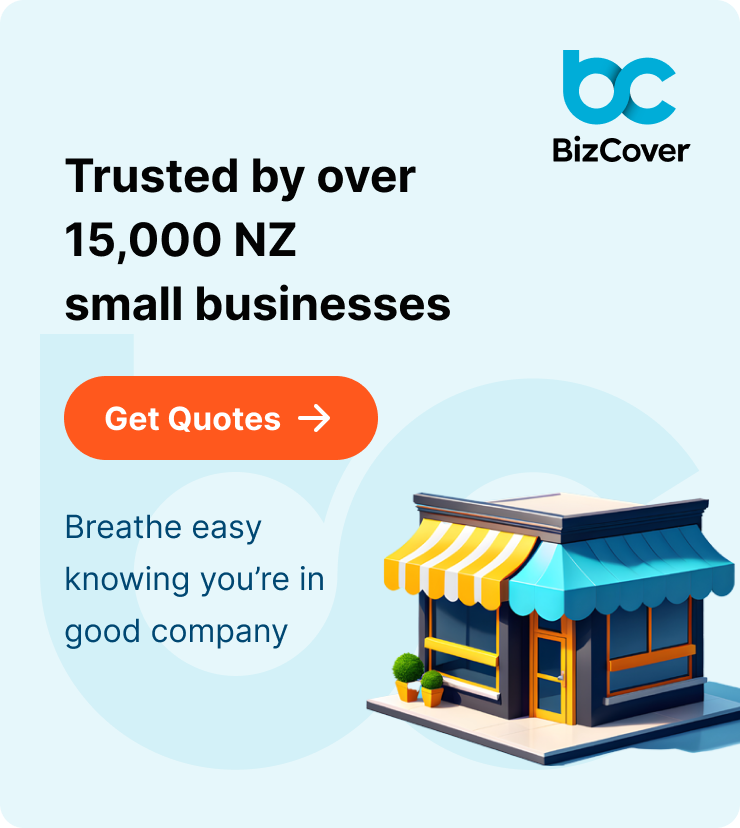The Art of Small Business Branding in the Digital Age
The digital age has provided just about everybody with a platform. The internet is the most sophisticated communication tool ever devised — but business owners who want to leverage its power need to familiarise themselves with the fundamentals of digital branding.
Branding your small business requires attention to three main categories: visuals, voice and values.
Let’s take a look at each of these in greater detail.
Brand Aesthetics, Logos and Visual Consistency
Having a distinctive and appealing logo is just as important as ever. But for digital-first businesses, this is only your first step toward establishing a distinctive aesthetic. From there, you need to find an original (yet tastefully limited) colour palette from which to draw: something to tie together each of your web properties, including your website, your social profiles and even your physical marketing efforts such as mailers and — if you go that route — billboards in your local area.
Have a traipse through Instagram or another visual-heavy social media site. What brands can you find that have an identifiable and consistent sense of aesthetics? What lessons can you take away when it comes to typography, use of space, colours and other design variables? From there, make it a point to “Like” and even respond to other brands’ submissions. Doing this can solidify your small business’s place in the larger community and add that extra measure of genuineness your customers are looking for.
There are lots of emerging design trends that your small business can put its own spin on. If you were a Dropbox user in the early days, you might remember that nearly every page of their website featured digital imagery with a hand-drawn appeal. It turns out they were ahead of the curve, since the hand-drawn style is now a crowd favourite, alongside motion graphics, parallax scrolling, and others.
Brand Voice and Personality
Here’s a question you should be able to answer in just a couple of sentences: “Why did you start your small business?”
Every business has an origin story — and your customers want to know what it is. This isn’t something you’ll have to repeat ad nauseam or paste across everything you publish online, but your company’s story definitely does inform its brand and personality. It will also inform how your representatives interact with customers and prospects online and it will guide the tone of your advertising.
The origin story for Barton Watch Bands is immediately appealing for a couple of reasons. First, it puts the faces of the founders front and centre, which immediately humanises the brand. And more than that, the story of the company’s founding reads as people-centric: the founders were frustrated with the performance of existing products within the watch band market, so they struck out on their own to provide a solution to the most common pain points.
There’s an element of humility and practicality to this origin story — and these qualities make their way into all of the company’s branding and communication channels. This doesn’t have to be your story or your approach. Maybe you want your brand to exude with femininity if you’re in the beauty space. Or perhaps you’re angling for the luxury-loving crowd, or working mums, or long-haul truckers. The point is that branding your company is about far more than logos and colour schemes.
If you’re stumped when it comes to developing a brand voice and personality for your small business, don’t be afraid to engage in some A/B testing for different landing pages and product copy. This is a less risky way to try out new messaging techniques than what some other brands have attempted. When Coors Light misjudged its target demographics with their “climbing your own personal mountain” messaging campaign, they saw sales fall by 4.1 percent in 2017.
Brand Values
What does your company value?
By 2020, more than 2 billion human beings will do at least some of their shopping online. Internet users have seemingly endless options at their disposal when it comes to shopping for baby supplies, dog treats, fitted sheets, lawn care equipment, and even perishable groceries. Our needs — and our desire for options — seem more than met. So where can modern brands turn when they need another competitive advantage in a crowded marketplace?
Increasingly, they turn to brand values. Sometimes these are closely tied with your origin story, but they don’t have to be. Between 2017 and 2018, consumer chatter on social media about values has more than doubled in volume. Moreover, a majority of the millennial and Gen Z cohort appear willing to spend more on products developed by companies with consistent and clear social values.
So, again, what does your company value? This is as important a part of your digital branding efforts as anything else. When Apple had little competition in the high-end telephone and laptop computer markets, it was enough that they could tout the luxuriousness and thoughtful design of their hardware. In recent years, as other companies stepped up their own hardware game, Apple added sustainable materials and user privacy to their sales pitch.
You can call them cynical, but it works. The company regularly makes the news cycle by leaning on their parts providers to commit to renewable energy and for using reclaimed materials to make their products. These are values, and a narrative, with widespread appeal — particularly among younger consumers. Companies that don’t take the time to find out what their target market values are almost certainly leaving money on the table.
Again, we land on the potential of social media as a way to show the world what you’re made of, how you make it, and how your brand has developed itself as a possible agent of change in the world. Communicating your values on social channels could involve posting photos and stories of your employees donating their time or going on outreach trips. Sure — it’s bragging. But it’s the best kind of bragging.
Your Brand Needs to Tell a Story
When you add up each of these tenets of small business branding in the digital age, you’re left with an unmistakable takeaway: your small business needs a story. That story begins with the visual appeal of your website, the consistency of your brand cues and the quality of your presentation. But people aren’t satisfied with these surface-level aspects of branding. They need substance, a message, a theme, a commitment to values and, ultimately, an entertaining and impactful reminder that your small business is first and foremost about people. Make sure your brand and business are protected via a business insurance package.
This information is general only and does not take into account your objectives, financial situation or needs. It should not be relied upon as advice. As with any insurance, cover will be subject to the terms, conditions and exclusions contained in the policy wording. © 2024 BizCover Limited.




